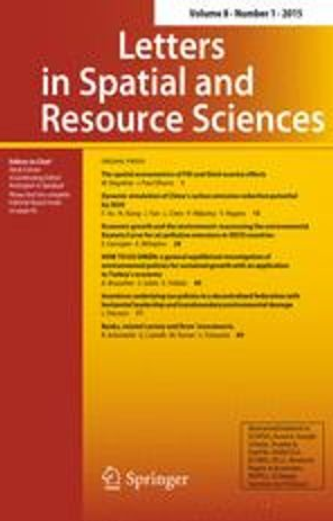PDF | Letters in Spatial and Resource Sciences, 8(3),
pp. 291-305, 2015.
Tal Modai-Snir and Pnina O. Plaut
Abstract
The dynamics of residential sorting have been previously explored using segregation models. In contrast with these models which emphasize resultant spatial distributions, this paper suggests an approach of assessing temporal income sorting trends through the analysis of residential mobility patterns. The approach is focused on ‘gains’ in neighborhood socioeconomic status experienced by movers as a result of residential relocation. The analysis of income sorting trends is based upon the analysis of inter-group differentials in these gains over time. Trends in income sorting are assumed to follow temporal variations in exogenous factors such as housing market circumstances. As different age groups are assumed to respond differently to these variations, income sorting is expected to evolve to some extent on the basis of age. An empirical example demonstrates the application of this approach to intra-metropolitan residential mobility data collected for the Tel-Aviv metropolitan area through the years 1997–2008.
